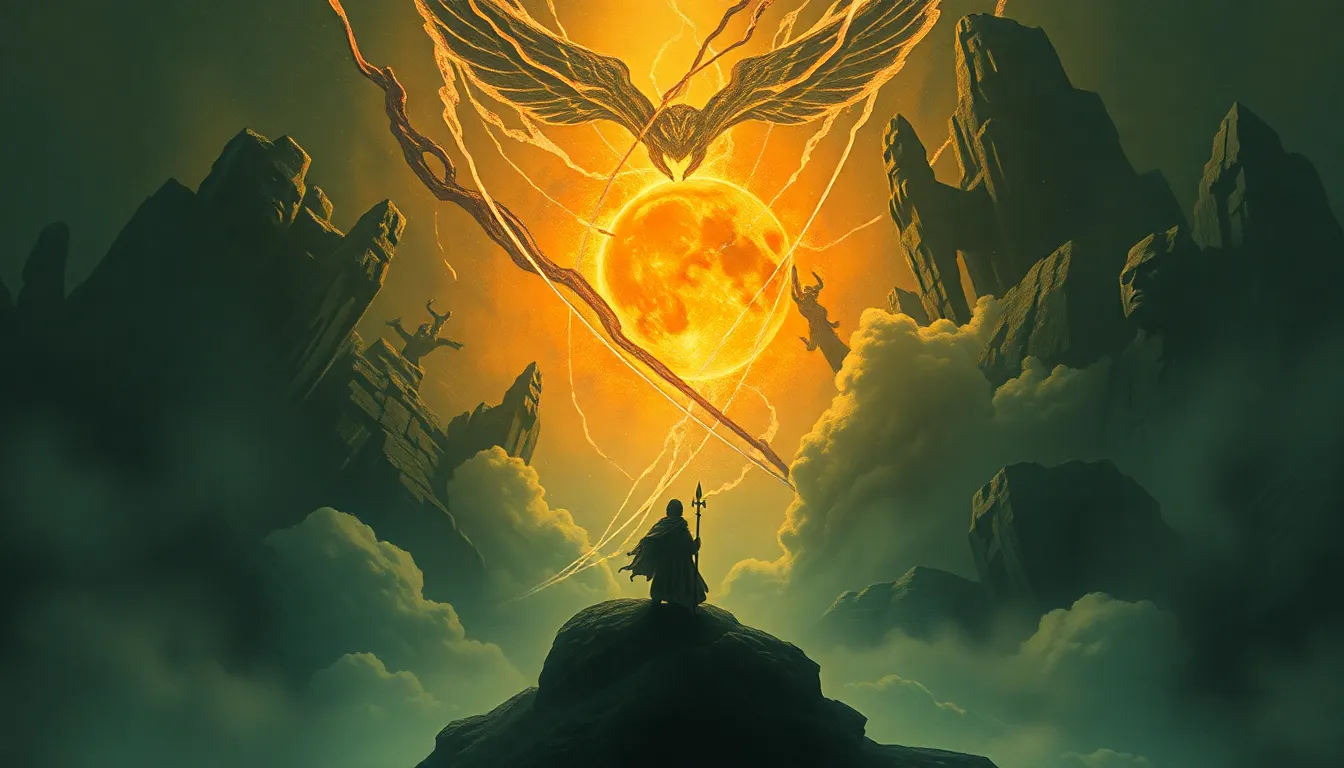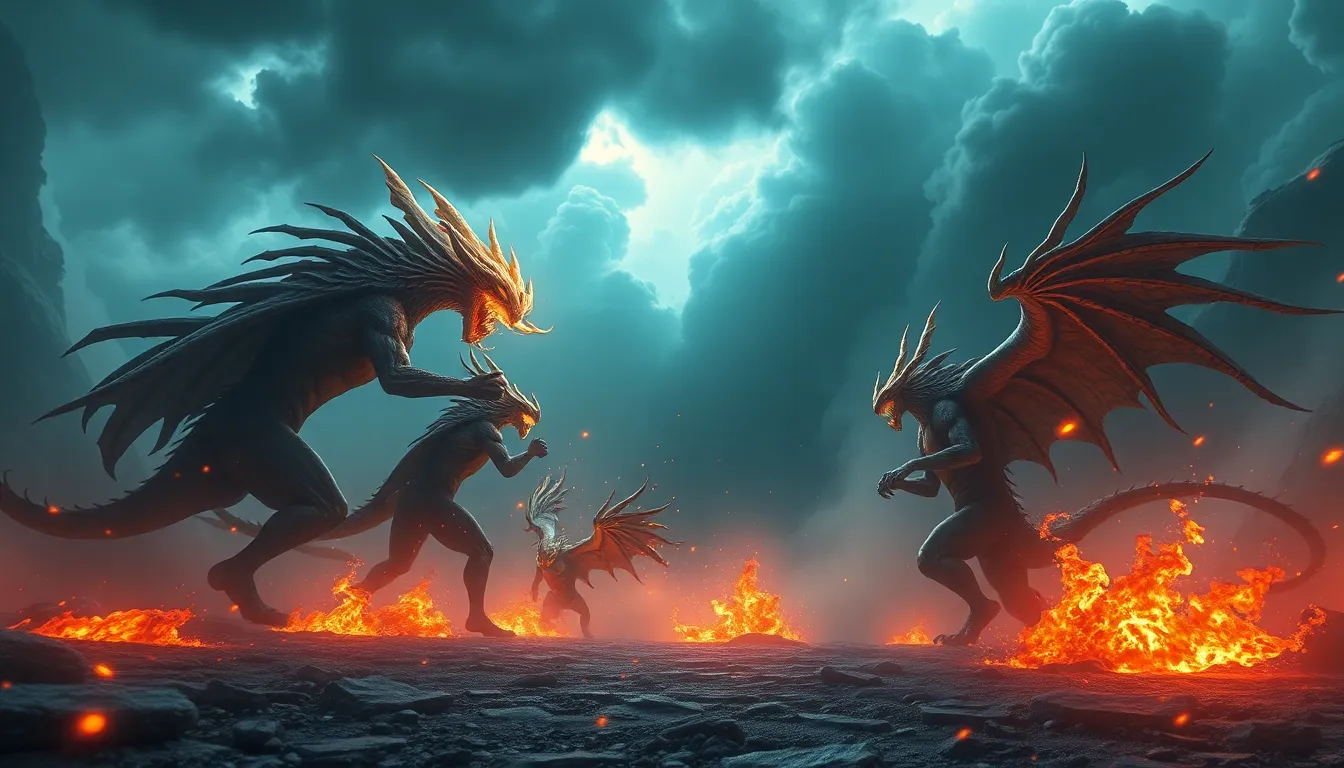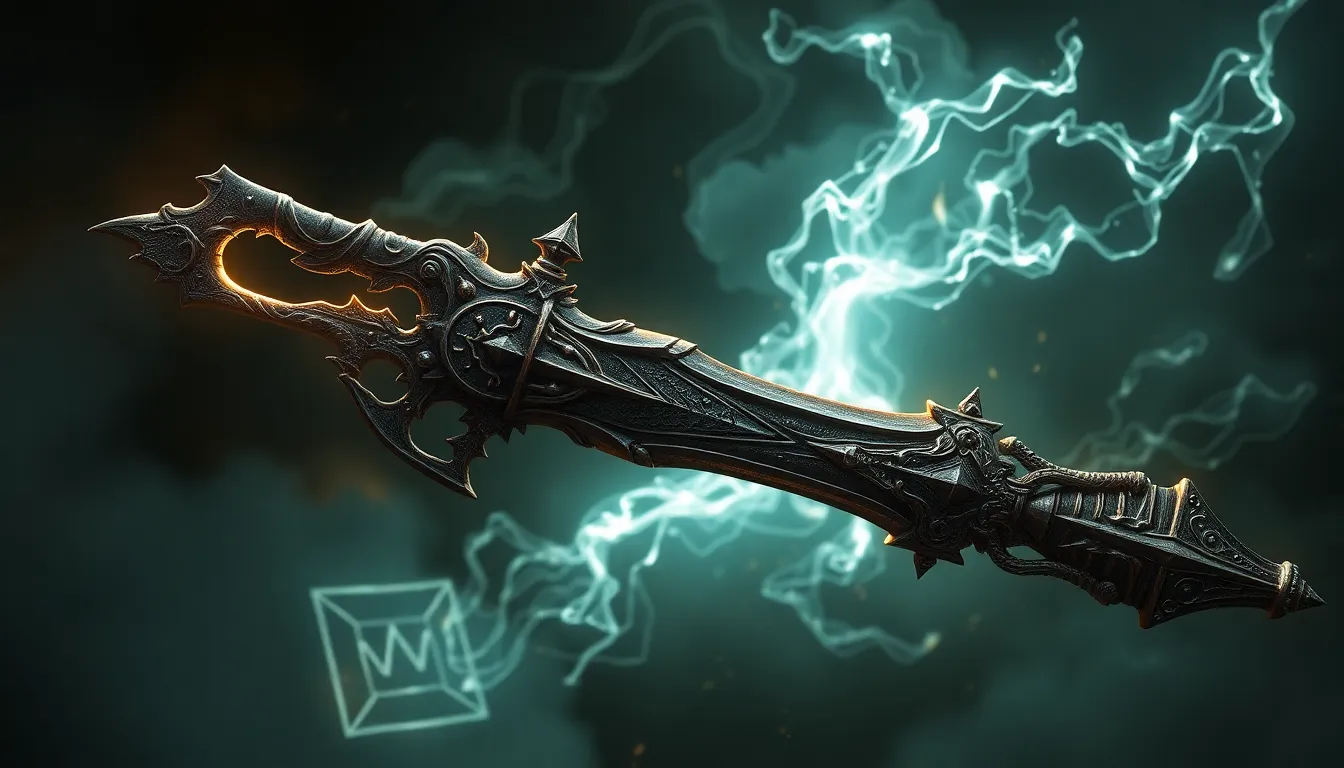Moral Myths in Art: How Legends Inspire Ethical Reflection
I. Introduction
Moral myths serve as powerful narratives that encapsulate ethical dilemmas and moral lessons, often woven into the fabric of art. These myths are not mere stories; they are reflections of human experiences and societal values that resonate across cultures and epochs. Through art, legends gain a new dimension that inspires ethical reflection, engaging audiences in discussions about morality and human behavior.
This article explores the intricate relationship between art, legends, and moral considerations, delving into how moral myths inspire reflection on ethical issues. By examining the concept of moral myths, their historical context, and their representation in art, we aim to illuminate the significance of these narratives in fostering moral understanding.
II. The Concept of Moral Myths
Moral myths are narratives that convey ethical lessons and values, often centered around archetypal characters and situations. These myths possess several characteristics:
- Timelessness: They address universal themes relevant across different cultures and time periods.
- Symbolism: They utilize symbols and metaphors to convey deeper moral meanings.
- Teaching Tools: They serve to educate individuals about societal norms and ethical behavior.
Historically, moral myths have been integral to various cultures, from Greek mythology’s tales of gods and heroes to indigenous stories that convey community values. The role of storytelling in shaping moral values cannot be understated; these narratives provide frameworks through which individuals understand right and wrong.
III. The Intersection of Art and Mythology
Throughout history, art has been a medium for depicting myths, translating complex narratives into visual forms. Artists have used various techniques to illustrate moral myths, creating works that invite viewers to engage with ethical themes.
Notable artworks inspired by moral myths include:
- Prometheus by Jean-Antoine Houdon: This sculpture embodies the theme of sacrifice and the consequences of defiance against divine authority.
- Icarus by Pieter Bruegel the Elder: This painting illustrates the hubris of Icarus, emphasizing the dangers of overreaching ambition.
- The Last Judgment by Michelangelo: This fresco explores themes of redemption and moral consequence in the context of divine justice.
Visual storytelling plays a crucial role in conveying ethical themes, often evoking emotional responses that provoke reflection and dialogue among viewers.
IV. Analyzing Key Moral Myths in Art
Specific moral myths, such as those of Prometheus and Icarus, provide fertile ground for examining ethical themes:
- Prometheus: A symbol of rebellion and sacrifice, Prometheus’s act of giving fire to humanity raises questions about the morality of defiance and the price of knowledge.
- Icarus: His flight too close to the sun serves as a cautionary tale about hubris and the tragic consequences of ignoring limitations.
These myths remain relevant in contemporary ethical discussions, illustrating how timeless narratives can inform modern dilemmas such as environmental ethics and technological advancements.
V. The Role of Artists as Moral Philosophers
Artists often take on the role of moral philosophers by engaging with moral myths in their work. Notable examples include:
- Frida Kahlo: Her self-portraits explore themes of suffering, identity, and resilience, reflecting deeply on personal and societal ethics.
- Pablo Picasso: Works like Guernica confront the moral implications of war and human suffering, challenging viewers to reflect on their values.
Artists bear a responsibility in portraying ethical dilemmas, using their platforms to challenge societal norms and provoke critical thought. Through moral narratives, they encourage audiences to question their beliefs and actions.
VI. Audience Interpretation and Engagement
The relationship between artist intention and audience perception is complex. Viewers bring their own experiences and perspectives to artworks, often interpreting the ethical implications in diverse ways. This interplay is crucial for fostering engagement with moral themes.
Examples of public responses to morally charged artworks include:
- Debates surrounding the interpretation of controversial pieces, such as Damien Hirst’s The Physical Impossibility of Death in the Mind of Someone Living.
- Community discussions sparked by installations addressing social issues, like Ai Weiwei’s works on human rights.
Such interactions highlight how art can serve as a catalyst for ethical reflection and community dialogue.
VII. Case Studies of Contemporary Art and Moral Myths
Modern artists continue to draw inspiration from traditional myths, reinterpreting them to address contemporary issues. For instance:
- Yayoi Kusama: Her work often engages with themes of infinity and self-obliteration, reflecting on existential and ethical concerns.
- Banksy: Through his street art, he critiques societal norms and injustices, often invoking moral myths to underscore his messages.
The rise of digital art and new media has also transformed moral storytelling, allowing for innovative ways to engage audiences with ethical themes.
VIII. The Role of Moral Myths in Education
Incorporating moral myths into art education offers numerous benefits. By discussing ethical themes through art, educators can:
- Encourage critical thinking and moral reasoning among students.
- Foster empathy and understanding through the exploration of diverse narratives.
- Utilize curricula that connect historical myths with contemporary ethical issues.
Examples of educational programs that effectively incorporate these themes can be found in various art institutions and schools, promoting a holistic understanding of art’s role in moral development.
IX. Critiques and Controversies
While the use of moral myths in art is powerful, it is not without pitfalls. Potential critiques include:
- Cultural Appropriation: The risk of misrepresenting or exploiting cultural narratives for personal gain.
- Misinterpretation: The challenge of conveying the original moral intent of myths in new contexts.
- Effectiveness: Debates on whether art can genuinely serve as a moral guide or merely as a reflection of societal values.
These discussions are crucial for understanding the complexities of art as a vehicle for moral reflection.
X. Conclusion
Moral myths hold significant importance in art, serving as vehicles for ethical reflection and discussion. By exploring the intersection of art and mythology, we uncover the profound impact these narratives have on our understanding of morality. Artists, as moral philosophers, challenge societal norms and provoke critical thought, while audiences engage in meaningful interpretations of ethical themes.
As we continue to navigate contemporary ethical dilemmas, the relevance of moral myths remains steadfast, reminding us of the enduring power of storytelling in shaping our collective conscience.




